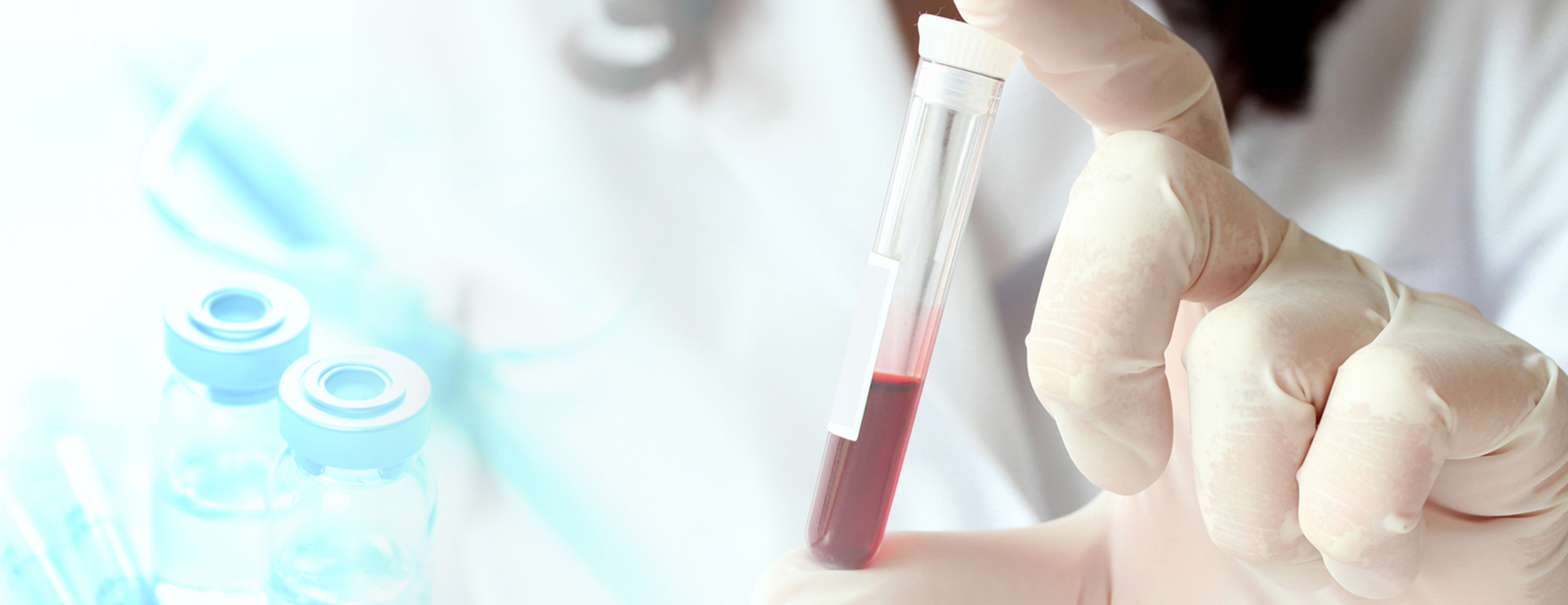
Catecholamine blood test
Definition
This test measures the levels of catecholamines in the blood. Catecholamines are hormones made by the adrenal glands. The three catecholamines are epinephrine (adrenalin), norepinephrine, and dopamine.
Catecholamines are more often measured with a
Alternative Names
Norepinephrine - blood; Epinephrine - blood; Adrenalin - blood; Dopamine - blood
How the Test is Performed
A
How to Prepare for the Test
You will likely be told not to eat anything (fast) for 10 hours before the test. You may be allowed to drink water during this time.
The accuracy of the test can be affected by certain foods and medicines. Foods that can increase catecholamine levels include:
- Coffee
- Tea
- Bananas
- Chocolate
- Cocoa
- Citrus fruits
- Vanilla
You should not eat these foods for several days before the test. This is especially true if both blood and urine catecholamines are to be measured.
You should also avoid stressful situations and vigorous exercise. Both can affect the accuracy of the test results.
Medicines and substances that can increase catecholamine measurements include:
- Acetaminophen
- Albuterol
- Aminophylline
- Amphetamines
- Buspirone
- Caffeine
- Calcium channel blockers
- Cocaine
- Cyclobenzaprine
- Levodopa
- Methyldopa
Nicotinic acid (large doses)- Phenoxybenzamine
- Phenothiazines
- Pseudoephedrine
- Reserpine
- Tricyclic antidepressants
Medicines that can decrease catecholamine measurements include:
- Clonidine
- Guanethidine
- MAO inhibitors
If you take any of the above medicines, check with your health care provider before the blood test about whether you should stop taking your medicine.
How the Test will Feel
When the needle is inserted to draw blood, some people feel slight pain. Others feel a prick or stinging. Afterward, there may be some throbbing or a slight bruise. This soon goes away.
Why the Test is Performed
Catecholamines are released into the blood when a person is under physical or emotional stress. The main catecholamines are dopamine, norepinephrine, and epinephrine (which used to be called adrenalin).
This test is used to diagnose or rule out certain rare tumors, such as
Normal Results
The normal range for epinephrine is 0 to 140 pg/mL (764.3 pmol/L).
The normal range for norepinephrine is 70 to 1700 pg/mL (413.8 to 10048.7 pmol/L).
The normal range for dopamine is 0 to 30 pg/mL (195.8 pmol/L).
Note: Normal value ranges may vary slightly among different laboratories. Some labs use different measurements or test different samples. Talk to your provider about the meaning of your specific test results.
What Abnormal Results Mean
Higher-than-normal levels of blood catecholamines may suggest:
- Acute anxiety
Ganglioblastoma (very rare tumor)Ganglioneuroma (very rare tumor)- Neuroblastoma (rare tumor)
- Pheochromocytoma (rare tumor)
- Severe stress
Additional conditions under which the test may be performed include
Risks
There is little risk in having your blood taken. Veins and arteries vary in size from one person to another and from one side of the body to the other. Taking blood from some people may be more difficult than from others.
Other risks associated with having blood drawn are slight, but may include:
- Excessive bleeding
- Fainting or feeling lightheaded
- Multiple punctures to locate veins
- Hematoma (blood accumulating under the skin)
- Infection (a slight risk any time the skin is broken)
References
Chernecky CC, Berger BJ. Catecholamines - plasma. In: Chernecky CC, Berger BJ, eds. Laboratory Tests and Diagnostic Procedures. 6th ed. St Louis, MO: Elsevier Saunders; 2013:302-305.
Guber HA, Farag AF, Lo J, Sharp J. Evaluation of endocrine function. In: McPherson RA, Pincus MR, eds. Henry's Clinical Diagnosis and Management by Laboratory Methods. 23rd ed. St Louis, MO: Elsevier; 2017:chap 24.
Young WF. Adrenal medulla, catecholamines, and pheochromocytoma. In: Goldman L, Schafer AI, eds. Goldman-Cecil Medicine. 25th ed. Philadelphia, PA: Elsevier Saunders; 2016:chap 228.
Review Date: 02/02/2019
The information provided herein should not be used during any medical emergency or for the diagnosis or treatment of any medical condition. A licensed physician should be consulted for diagnosis and treatment of any and all medical conditions. Call 911 for all medical emergencies. Links to other sites are provided for information only -- they do not constitute endorsements of those other sites. Copyright ©2019 A.D.A.M., Inc., as modified by University of California San Francisco. Any duplication or distribution of the information contained herein is strictly prohibited.
Information developed by A.D.A.M., Inc. regarding tests and test results may not directly correspond with information provided by UCSF Health. Please discuss with your doctor any questions or concerns you may have.





